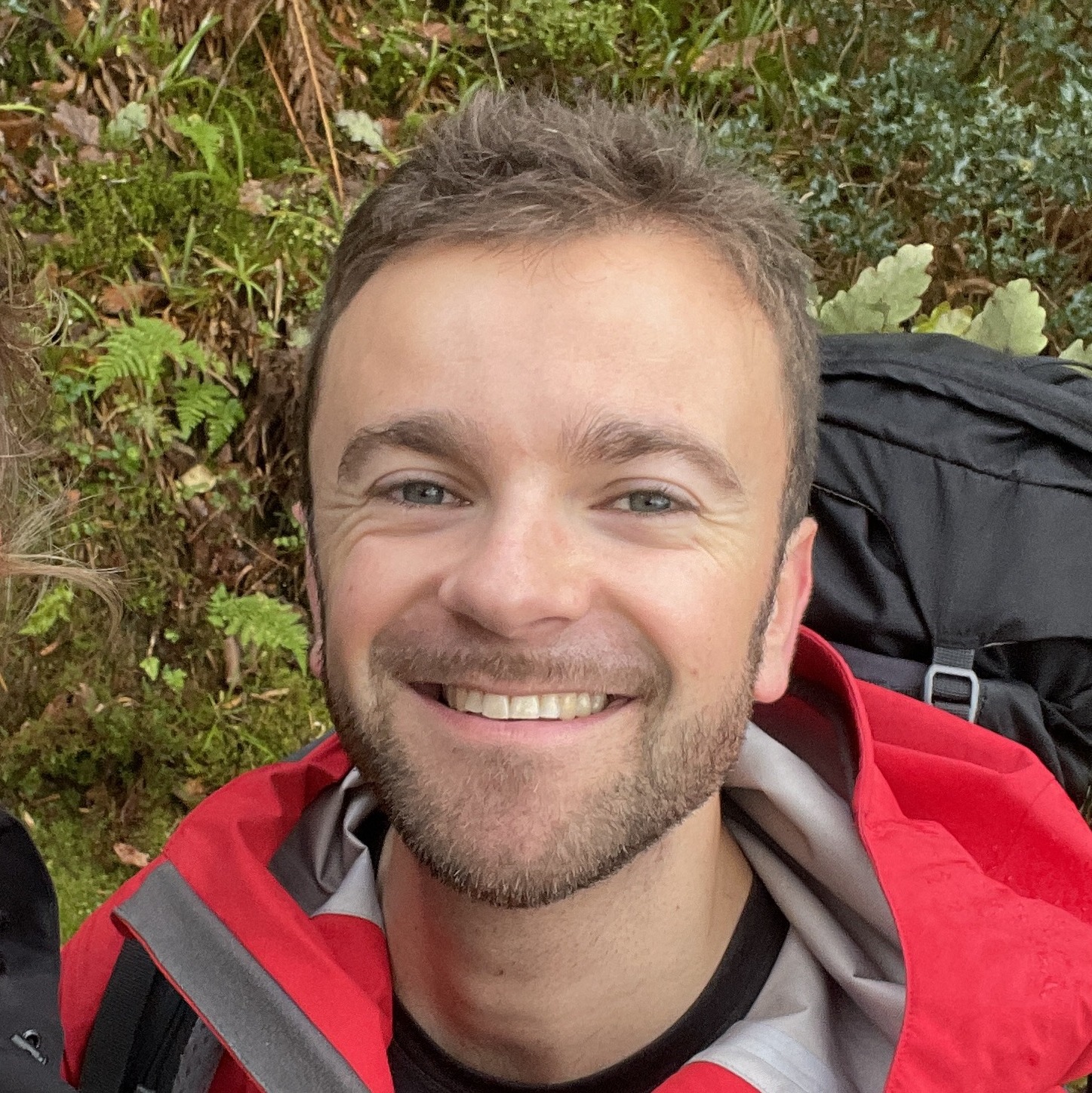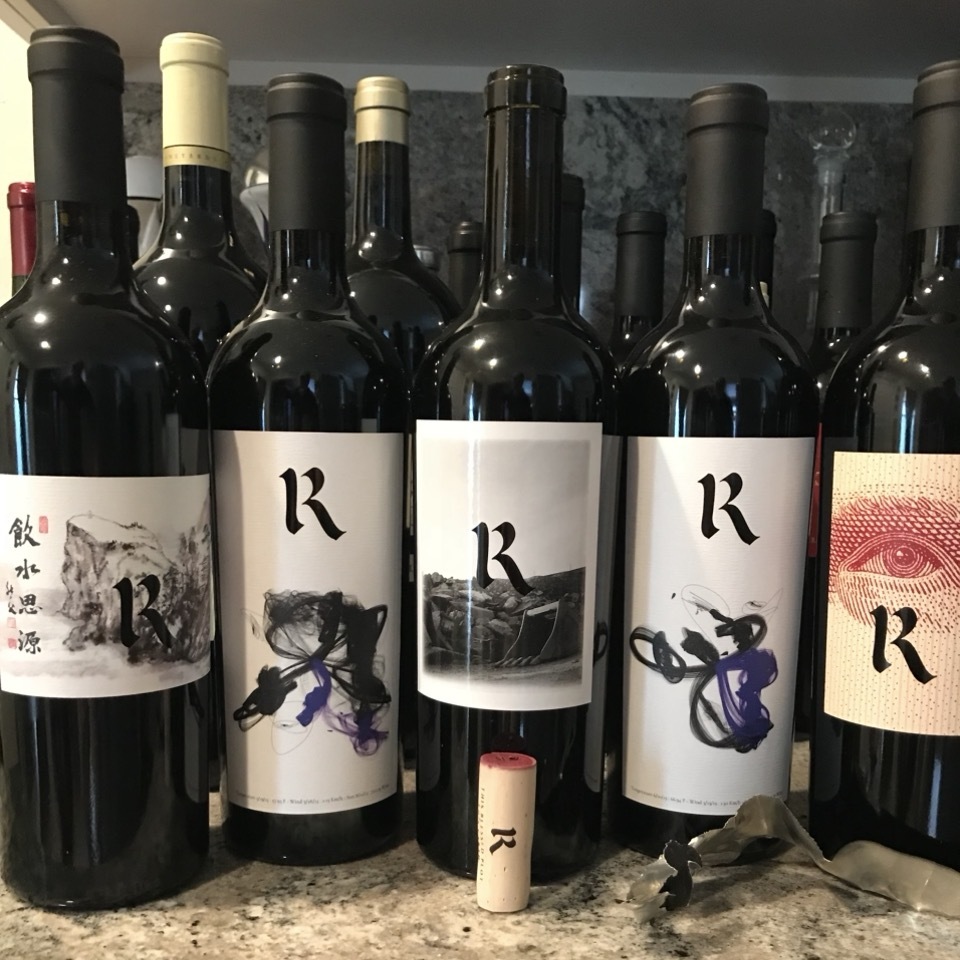Ten Thousand Vines
Kelley Fox Wines
Willamette Valley Chardonnay 2023
Pax Mahle Wines
Buddha's Dharma Mendocino County Chenin Blanc 2019
Delicious Chenin Blanc by Pax Mahle, one of Sonoma Coast’s leading producers – better known for his Syrah. Sourced from Buddha’s Dharma vineyard, north of the City of Ten Thousand Buddhas (that is the actual name of the city) in Mendocino County. Planted in 1944 on gravely volcanic soils, the vineyard had belonged to the nearby Buddhist community and for most of its existence it was used for bulk wine production.
Fermented in stainless steel, cement and oak, with 10-month elevage in neutral oak. Fresh, dry, crispy with notes of apple, pear and chamomile. Mineral, textured, slightly oily, excellent acidity. — 4 years ago
Clos Erasmus
Laurel Priorat Garnacha Blend 2018
A blend of younger vines, declassified Clos Erasmus and the remaining Cabernet Sauvignon. In all, 70% Garnacha, 20% Syrah and 10% Cabernet Sauvignon. Indigenous yeasts and matured in a combination of oak vats, concrete, used barriques and amphorae for 16 months. I’ve been somewhat leery of Priorat over the last ten or so years, largely because the wines were overblown for so many years but after getting offered this wine three years in a row, I finally took the advice of my retailer and picked up a couple of bottles. I should have picked up at least a six pack. Poured into a decanter a couple of hours prior to service. Visually, it’s quite a brilliant wine to behold. The deepest of ruby but it’s the way the light reflects off this wine that transfixes the beholder. The nose is drop dead gorgeous, redolent of red cherry fruit with the brightest, freshest of bramble fruit, underbrush, Herbs de Provence, dusty gravel road. The palate displays more cherry and bramble fruit with some Near East spices. Well endowed with structure and a texture to die for. So much verve! This is unbelievably fresh for 15%. This is a wine (and perhaps a region) that I need to pay more attention to. Paired very well with Osso Bucco and saffron risotto. Outstanding now with some air. — 5 years ago
Estate Argyros Santorini
Cuvee Monsignori Assyrtiko 2017
Sniffing upon opening, this had me jumping for joy – and I’m not exaggerating. What an introduction! I immediately chose to decant the wine, although in hindsight I don’t think that’s really necessary. The ‘Cuvee Monsignori’, one of the flagship wines from Estate Argyros in Santorini, is 100% Assyrtiko from ancient (~200 year old) vines, the minimal yield of which is then fermented in stainless steel, and aged for ten months on its lees. The island was never affected by phylloxera, hence the vines’ great age. It’s a muscular, chiseled, lean wine with the precision of the very best Chablis and impeccable concentration of fruit. It carries the smoke of the island’s volcanic soils (this is no floral language: it really smells of it), beautiful flinty reduction, depth and harmony on the palate and a long, saline finish. It may count among the world’s finest whites, and all for around £30 (if you can find it). Why didn’t I buy this by the case? I’ll never know. Superb. — a year ago
Santa Rita
Estate Bottled Casa Real Alto Santa Rita Old Vines Vineyard Cabernet Sauvignon 2012
Good now, but try again in ten years — 4 years ago
Denis Durantou
Saintayme Saint-Émilion Grand Cru Red Bordeaux Blend 2014
A fabulous wine from an average vintage, the 2014 Saintayme, the late Denis Durantou’s Saint Emilion Grand Cru bottling from rented vines, provides plenty of enjoyment with enough AOC character to offer interest.
Not far off the 2016 in quality, the wine sports a rich and decadent nose with a classic profile of dark red fruits, along with subtle wafts of cedar, liquorice, vanilla and a touch of five spice. Very expressive.
The palate is medium to full bodied, and follows on with a gorgeous mouthfeel of supple ripe fruits - the sweetness of which is quite well matched by cherry acidity and lingering tannins.
All in all, this is really knockout stuff from 2014. Though immensely likeable now, I could actually see this going strong in another five to ten years. — 4 years ago
Château Latour
Les Forts de Latour Pauillac Red Bordeaux Blend 2008
If I am having an Allen Brothers Ribcap, I am also opening a good bottle of Bordeaux.
The 08 Bordeaux vintage goes down in the record books as good not great. This is not nearly as good as the 2000 I had a few years back...one of the few 10’s I’ve scored since starting to write notes. However, it does drink better earlier than 2000.
Ten years in bottle was just the right amount of time to check in on this 08. It will continue to improve over the next 5-7 years and hold another 8-10 years with proper storage.
With the first sip, it was elegant, refined and showing it is Latour’s close relative. My next thought was how good it will be with the Ribcap. Good on its own but, even better with steak.
It shows classic Bordeaux style. Just ripe fruits of; blackberries, black raspberries, plum, dark cherries, hints of blue & purple fruit. The tannins nicely round and velvety. The structure, tension, length & balance are just starting to hit their groove. Black licorice, black tea, stones, dry loamy topsoil, dark rich earth, less pencil shaving, soft leather, understated baking spices with withering; dark, red and blue florals. The acidity was nicely executed. The finish is; stunning, elegant and very well balanced with excellent persistence.
Photos of; Chateau Latour, iconic building that since in the middle of their Estate vines, barrel room and wide shot of their estate.
Side note. Having visited Latour three times, it has always been the most clean & pristine winemaking facilities I’ve seen in my many world wine region travels. You could eat off the floor. For me, they are the “King of Kings” in Cabernet. — 5 years ago
Bodegas y Viñedos Paixar
Dragonte Bierzo Mencía
Mencia grape from 80 year old vines on slate soil. Top wine, very aromatic, red fruit but stony undertone. Surprising, very high quality, Drinks beautifully now but has a good ten years in it. Great acidity and pure balance. — 3 years ago
Château Coufran
Haut-Médoc Red Bordeaux Blend 2009
K&L notes, At the very top of the Haut-Médoc, embedded in a sea of gravel just next to the Gironde River north of St-Estèphe, sits the anomaly of the Left Bank: Château Coufran, the "Pomerol of the Médoc," so-called for its high propensity of Merlot vines in a region where Cabernet reigns supreme. While practically all of its Left Bank neighbors are making structured and powerful clarets, Coufran continues to make softer, silkier, classically tailored Right-Bank-style wines. Owned by the Miailhe family since 1924, the wine has been prized by those in the know for its early approachability and fantastic value, which is part of the reason it’s been a staple of K&L’s Bordeaux department for decades. Not only does the wine historically drink well at a younger age, it evolves beautifully over a five to ten year period. The 2009 is currently in a gorgeous spot only eight years after the vintage, showing secondary development and complexity beyond the primary fruit of its youth — 3 years ago
Vineyard 29
Estate Cabernet Sauvignon 2007
Mag,
2nd day is essential, opened yesterday & decanted 4 hours today. This is right there with the 2005.
Its been 4 years since my last 07, it still has plenty of life but why wait when you can decant🤷🏼♂️
The 29 Estate vineyard is situated on the east-facing hillside at the base of the Mayacamas range, a couple miles north of St. Helena and just above Highway 29. The soil here is clay loam with gravel deposits, deeper at the bottom of the slope and shallower and rockier toward the top (the Sauvignon Blanc is planted in the rockiest spot, followed by the Cabernet Franc and then Cabernet Sauvignon). The slope and soil content ensure good drainage, while the rocks and gravel allow the roots to penetrate deep, ensuring more stable vines and more consistent ripeness. Average yields here for Cabernet Sauvignon are a moderate 2.8 to 3.2 tons per acre, held down by the vine stress associated with steep vines.
Vineyard 29 is located in the narrow hourglass part of Napa Valley and benefits from consistently good air flow. Even in 2008, there was just a touch of frost at the bottom of the vineyard, according to McMinn, who noted that his Aida vineyard just two miles to the north is typically six or seven degrees warmer. The site also benefits from its eastern exposure, capturing early morning sunlight but with the mountain above protecting the vines against the most intense afternoon sun. The result is slow, consistent ripening of the grapes and healthy sugar levels with much less risk of desiccation, which in turn means rounder, more integrated tannins. Although St. Helena is a very warm region, day-night temperature variation at Vineyard 29 is among the widest in Napa Valley, according to McMinn.
Thanks to Vineyard 29’s well-aerated site and protection from the hottest afternoon sun, the estate Cabernet always has sound acidity; it has never been acidified, according to winemaker Emerson. The pH of the Vineyard 29 estate wine is typically between 3.75 and 3.9, and alcohol levels are moderate by Napa Valley standards, almost always in the high 14s (with 2009 the only vintage to have exceeded 15%). The wines are frequently characterized by black and blue fruits—cassis, blackberry, blueberry—and notes of chocolate, licorice and spices. Compared to the Grace Family Vineyards wine, made from a vineyard barely 200 yards to the north from the same plant material, the Vineyard 29 wine is characteristically a bit less floral and delicate but riper and denser, combining power with typically plush, ripe tannins. Emerson noted that Vineyard 29 is typically harvested at least a week later than the Grace site, noting that the tannins “take a long time to lose their chalky character and come around.” Luckily, he added, “the fruit here can hang for a long time without getting too crazy with sugar.” And the estate routinely picks in two passes, typically seven to ten days apart.
— 5 years ago











Austin Hohnke
No oak. Ten months on lees. Fruit from the Freedom Hill vineyard. Young vines finding their footing. Chenin vibes with wool and honeysuckle. Awesome texture and tension. Great packaging. — a year ago